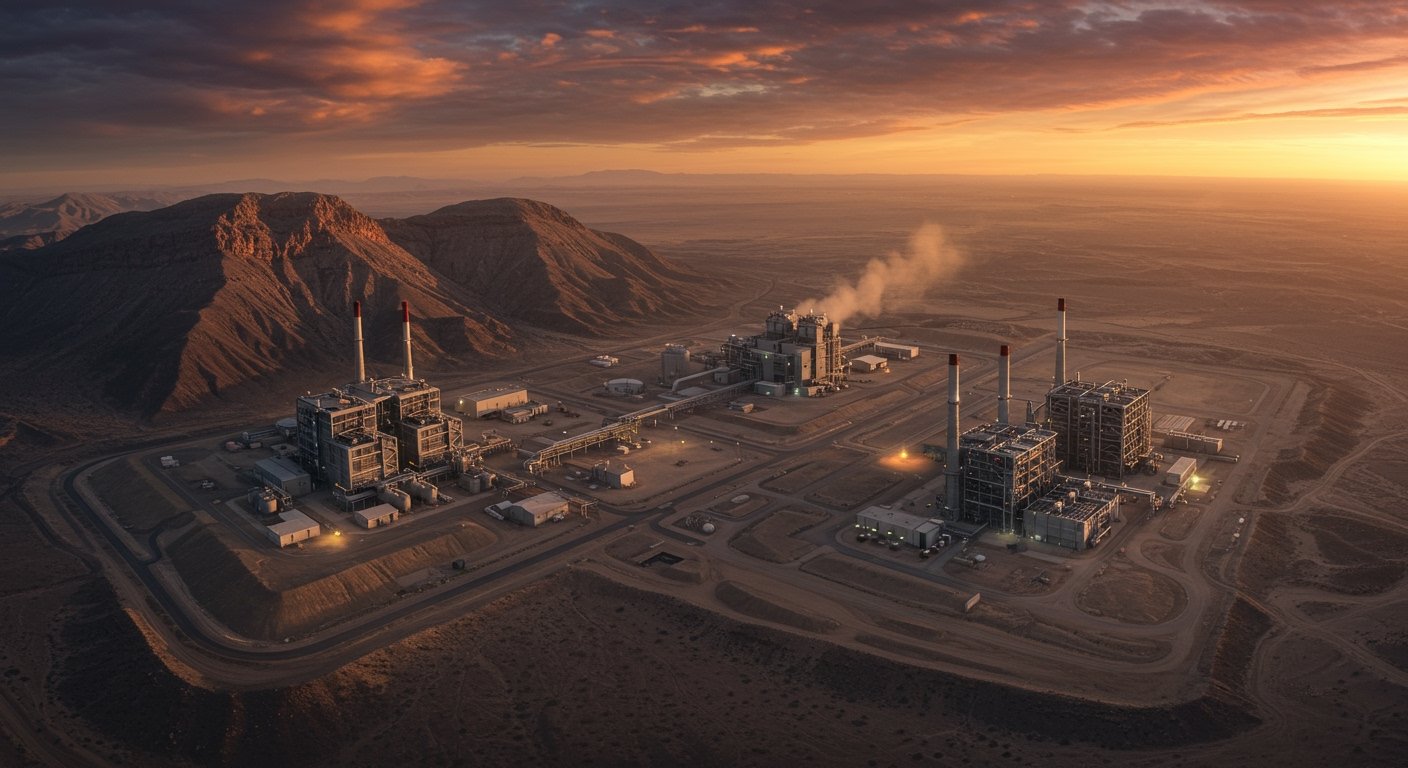Washington/Tehran – In a significant escalation of tensions surrounding Tehran’s nuclear ambitions, President Donald Trump announced on Saturday, June 21, 2025, that the United States military had conducted targeted airstrikes against three key Iranian nuclear facilities. The sites struck were identified as Fordow, Natanz, and Isfahan.
In a statement posted on his Truth Social platform [10], President Trump described the military operation as “very successful.” He explicitly confirmed direct U.S. involvement in these actions, stating they were part of broader efforts to dismantle Tehran’s nuclear program. The precision and effectiveness of the strikes were highlighted in the brief but impactful online announcement.
Operation Details and Stated Objective
The strikes on Fordow, Natanz, and Isfahan represent a direct engagement by the United States against infrastructure central to Iran’s nuclear activities. These three locations are widely recognized as critical components of Iran’s nuclear complex. Fordow, a facility built deep inside a mountain, Natanz, a large enrichment complex, and Isfahan, known for various nuclear-related activities including uranium conversion, have long been subjects of international scrutiny and concern regarding the potential military dimensions of Iran’s nuclear program.
President Trump’s statement underscored the strategic intent behind the strikes: the dismantlement of Tehran’s nuclear program [10]. This objective signals a decisive posture from the U.S. administration aimed at preventing Iran from developing nuclear weapons capabilities, a goal that has been a cornerstone of U.S. foreign policy for years.
The timing of the operation, announced on Saturday, June 21, 2025, adds another layer of geopolitical complexity to the already volatile Middle East. The use of airstrikes against such sensitive targets marks a significant departure from diplomatic or sanctions-based approaches, moving towards direct military intervention to address the perceived threat from Iran’s nuclear advancements.
Regional and International Reactions
The U.S. military action prompted immediate and notable reactions from key players in the region and globally. Reports indicated that Israel, a nation long vocal about its concerns regarding Iran’s nuclear program, had reportedly closed its airspace [7] around the time of the U.S. strikes. This measure could reflect heightened alert levels or precautionary steps taken by the Israeli authorities in anticipation of potential retaliatory actions or regional instability following the U.S. operation.
Israeli Prime Minister Benjamin Netanyahu publicly thanked President Trump following the U.S. strikes [7]. This expression of gratitude from the Israeli leader underscores the alignment of interests between the two nations concerning Iran’s nuclear program and highlights Israel’s support for forceful measures to counter it. Netanyahu’s statement signals a clear endorsement of the U.S. military intervention from a key regional ally that perceives Iran’s nuclear activities as an existential threat.
Meanwhile, the U.S. strikes also elicited calls for de-escalation from other major international actors. Indian Prime Minister Narendra Modi called for “immediate de-escalation” following the U.S. actions [4]. India’s reaction reflects broader international concerns about the potential for the strikes to trigger a wider conflict in the Middle East. Modi’s call emphasizes the global implications of the U.S. action and the desire among many nations to prevent further military confrontation and restore stability in the region through diplomatic means.
Implications and Future Uncertainty
The targeted strikes on Fordow, Natanz, and Isfahan carry significant implications for the future of Iran’s nuclear program and the security landscape of the Middle East. While President Trump declared the operation “very successful” in its immediate execution [10], the long-term impact on Iran’s nuclear capabilities and intentions remains to be seen. Iran has historically shown resilience in rebuilding and continuing its nuclear activities despite setbacks.
Furthermore, the strikes raise questions about potential Iranian responses. Tehran has often vowed retaliation against actions perceived as threats to its security and sovereignty. The nature and timing of any such response could determine whether this incident leads to a further cycle of escalation or if diplomatic off-ramps can be found to manage the increased tensions.
President Trump’s decision to announce the strikes and confirm direct U.S. involvement via social media platform Truth Social [10] also marks a notable method of communication for such a critical geopolitical development, bypassing traditional channels and directly addressing the public and international community.
The diverse reactions from Israel and India highlight the divergent perspectives and stakes involved among international actors. While Israel views the strikes as a necessary measure against a shared threat, India’s call for de-escalation reflects concerns about regional stability and the potential for a wider conflict to disrupt global peace and economic interests.
As of Saturday, June 21, 2025, the situation remains fluid. The strikes on key Iranian nuclear sites represent a pivotal moment in the ongoing international efforts to constrain Iran’s nuclear program. The coming days will likely reveal more about the full extent of the damage inflicted, Iran’s reaction, and the potential diplomatic and military consequences for the Middle East and beyond.





